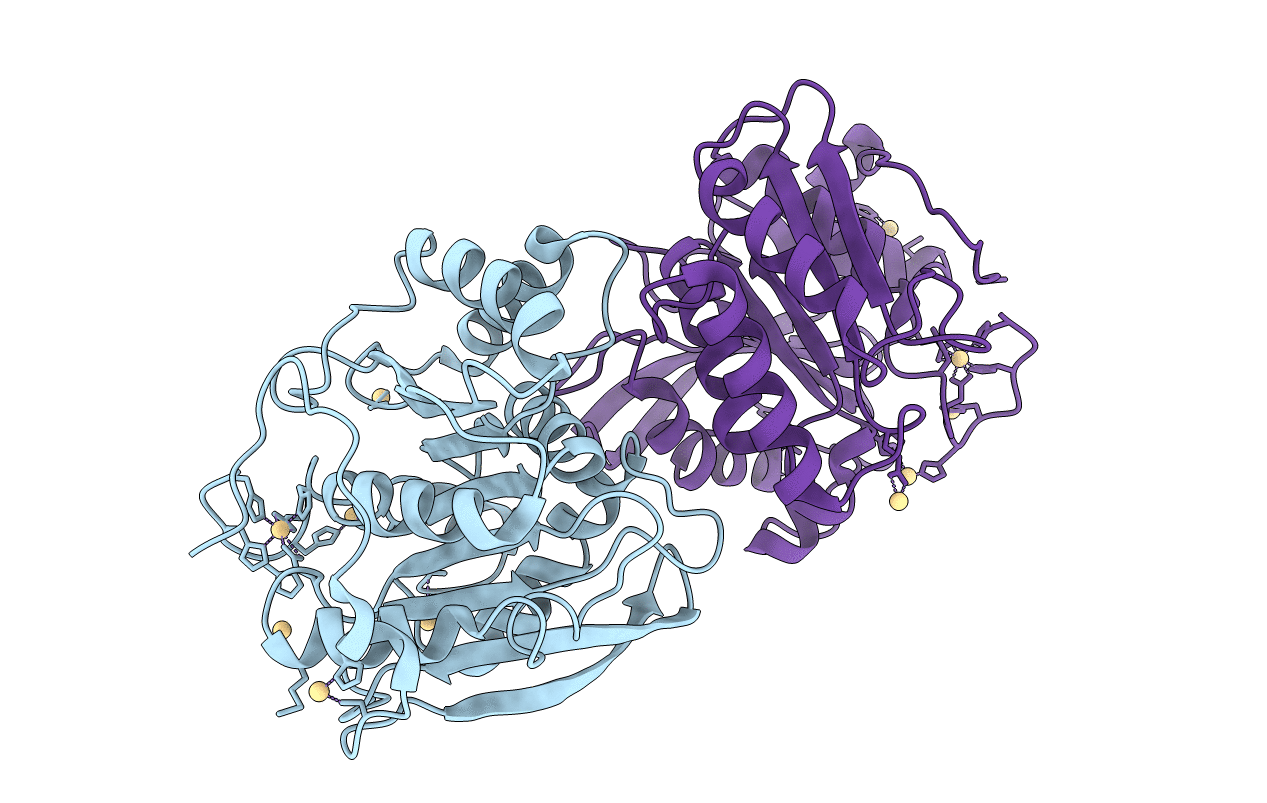
Deposition Date
2013-01-04
Release Date
2013-05-01
Last Version Date
2024-10-16
Entry Detail
PDB ID:
3ZI7
Keywords:
Title:
STRUCTURE OF FAE SOLVED BY SAD FROM DATA COLLECTED BY DIRECT DATA COLLECTION (DDC) USING THE GROB ROBOT GONIOMETER
Biological Source:
Source Organism:
CLOSTRIDIUM THERMOCELLUM (Taxon ID: 1094188)
Host Organism:
Method Details:
Experimental Method:
Resolution:
2.30 Å
R-Value Free:
0.15
R-Value Work:
0.12
R-Value Observed:
0.12
Space Group:
P 21 21 21


